#tudor history
Text
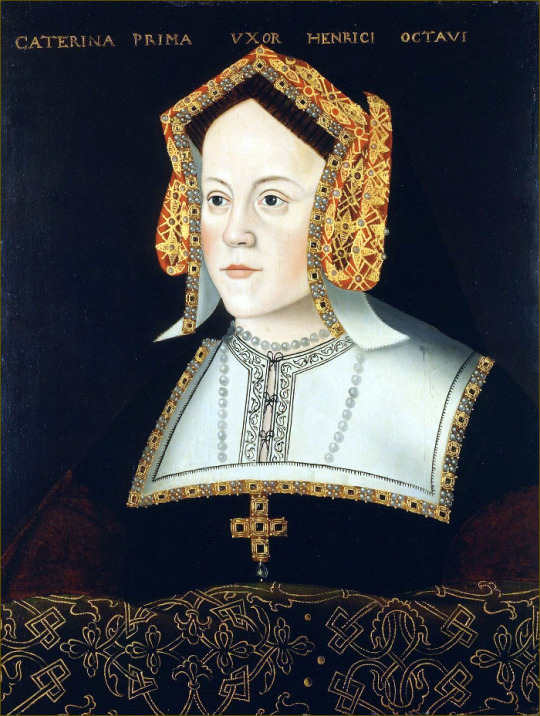









Pattern Portraits of the Six Wives of Henry VIII (part one): Catherine of Aragon and Anne Boleyn
#catherine of aragon#katherine of aragon#catalina de aragon#anne boleyn#anna bolina#queen anne boleyn#tudor history#henry viii#the tudors#english history#tudor era#tudor england#tudor rose#tudor period#house of tudor#tudor dynasty#six wives of henry viii#the six wives of henry viii#art#art history#sixteenth century#16th century#16th century art#queen anne#queen katharine
23 notes
·
View notes
Text
I'm seeing some comments about Philip II's marriages floating around and I think it's time for some context, because different things are getting blurred together.
So his first marriage is to a teenager, Maria Manuela. But she's the same age as him. The real problem is she's his double first cousin, making them as closely related as half-siblings. Not good! Very bad! But the blame here really lies more with the parents for arranging this marriage.
Mary I'll skip over as she's older than him and not as closely related.
Then there's Elisabeth of Valois. Yes she's 14-15 when the marriage happens and yes she was intended for his son. But to put it as gently as I can, Don Carlos is not mentally well enough for marriage. Setting aside the fact he's mentally a small child (because love and romance are not the sole preserve of the intelligent) his behaviour is erratic and volatile. It would not be responsible to marry him off to a girl of his own age. According to Patrick Williams, Elisabeth's first pregnancy was in 1564, her nineteenth year. I've seen earlier dates on Wikipedia, but I think a historian trumps Wikipedia. So yes, there is an age gap, but that's not evidence that Philip was assaulting a minor. And as early modern marriages go, theirs seems to have been happy.
And yes, Philip finally married his niece. Not good! I'm not defending it. It is incest and it is genetic Russian roulette given they're as related as half-siblings. More so given they're both already the product of cousin marriages. The family resemblance is also disturbing. But "Philip married his teenage niece" is not completely true. She was in her 21st year when she married him. 20 is by definition not a teenager. Nor is the marriage connected with her death. She died of influenza. And yes, marrying your niece is gross. But gross as it is, the two seem to have been very happy. We have every right to find it weird and disturbing but the evidence points to the two being close and compatible in terms of personality even though the marriage was genetically a terrible decision.
Did Philip fancy Elizabeth? Some historians think it probable he did. Others think the evidence isn't there. But Philip was 6 years older than Elizabeth, and by the time they met she was 21. An adult fancying another adult who is related to them through one common great great great great grandfather is small potatoes.
I'm not saying you have to like Philip II. I'm not defending inbreeding. But let's be exact with our words.
19 notes
·
View notes
Text
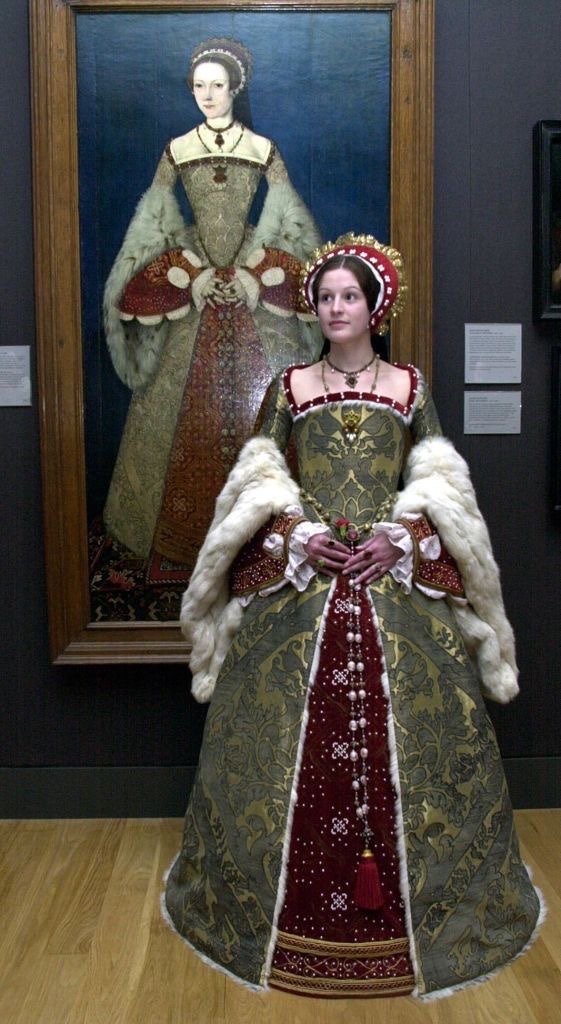
Annika Caswell a student from the Wimbledon School of Art wardrobe department, dressed as Catherine Parr, next to her portrait attributed to Master John, c. 1545 in the National Portrait Gallery, London. * The students are recreating portraits dating from the Tudor period to the 19th century which have been inspiration for their lavish costumes . (Photo by Rebecca Naden - PA Images/PA Images via Getty Images)
#art#artwork#fashion#historical#historical fashion#historical clothing#historical dress#history#long dress#museum#art school#the tudors#tudor history#tudor era#elizabeth tudor#fashion dress#dresses#dress#Catherine Parr#henry viii#1400s#1500s#england#high fashion#historical costuming#painting#dress up#red#green#beautiful
5K notes
·
View notes
Text

And catholic for short (time)
#history memes#henry viii#six the musical#catherine of aragon#anne boleyn#the tudors#tudor history#catherine parr#catherine howard
1K notes
·
View notes
Text

All Henry VIII Wives together
Tumblr really doesn't like this one. Click for higher res.
#tudors#tudor history#henry viii#six wives of henry viii#catherine of aragon#anne boleyn#jane seymour#anne of cleves#catherine howard#katheryn howard#katherine parr#catherine parr
1K notes
·
View notes
Text
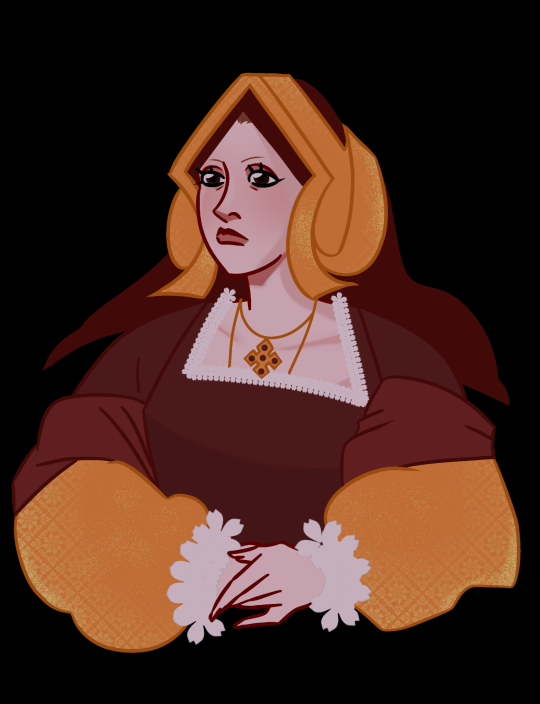


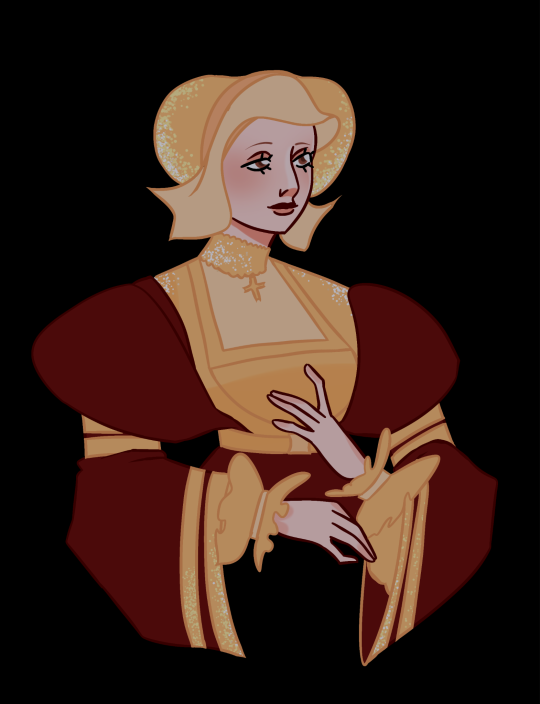


#tudors#tudor history#henry viii#six wives of henry viii#catherine of aragon#anne boleyn#jane seymour#anne of cleves#katherine howard#catherine parr#art#digital illustration#taniata's art#women in history
504 notes
·
View notes
Text
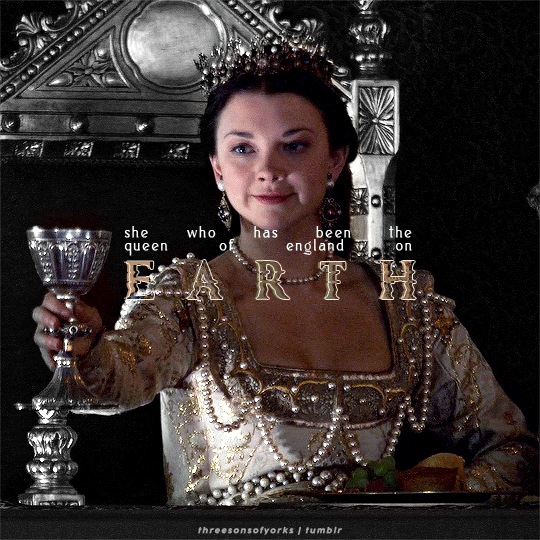
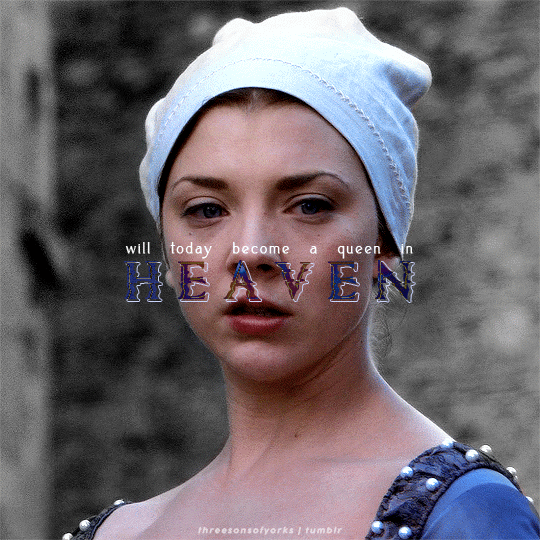
NATALIE DORMER as ANNE BOLEYN
in THE TUDORS (2007-2010) | season 2 2x03 — 2x10
#anneboleynedit#anne boleyn#natalie dormer#period drama#the tudors#tudor history#usergif#weloveperioddrama#onlyperioddramas#mine#byfefa
253 notes
·
View notes
Text
tired: referring to Catherine of Aragon as "Henry VIII's first wife"
wired: referring to Henry VIII as "Catherine of Aragon's second husband"
#it's also acceptable to call him catherine parr's third husband#shitposting#tudor history#six the musical#catherine of aragon#henry viii
217 notes
·
View notes
Text
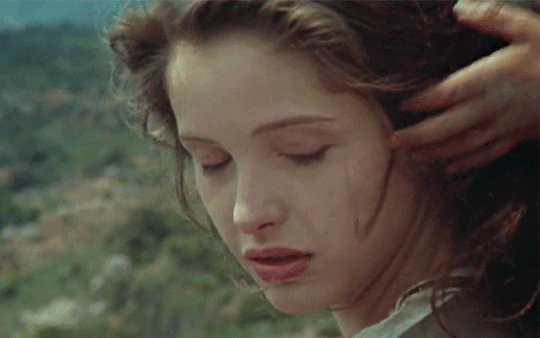



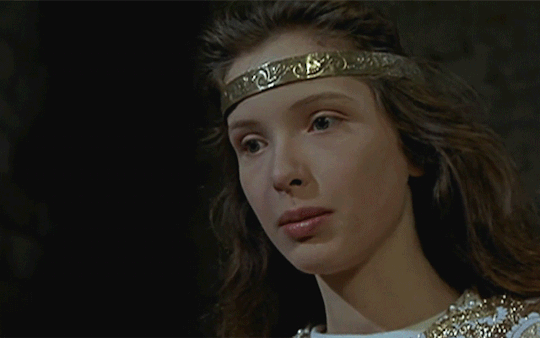

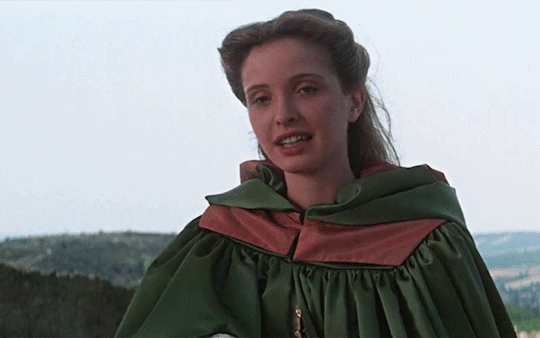
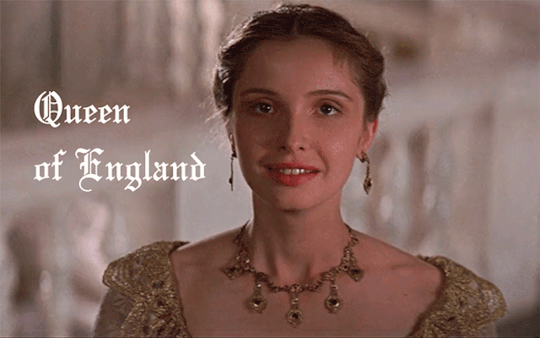
She was beloved by every- one—from the mightiest of diplomats to the lowliest of subjects. During her 17 years as queen, Elizabeth of York was exactly the consort needed by England to help end the ugly, internecine Wars of the Roses.
Sometimes, a gracious personality far outweighs the power of the potentate. Elizabeth of York was such a queen. ⎯ Elizabeth of York: Queenship and Power, Arlene Okerlund
#wanted to try something out#she's been my fancast for a time now#edit#perioddramaedit#perioddramagif#elizabeth of york#EoY#julie delpy#fc: julie delpy#fancast: julie delpy#tudor history#tudor queens#historical women#historicalwomendaily#historicaledit#historical dramas#historyedit#tudoredit#*gifs#*gifset#userrias#userriasgifs
194 notes
·
View notes
Text
Tudor-Stuart Englishmen wondering what religion they have to be today

181 notes
·
View notes
Text
hey, I'm looking for moots!! I'm obsessed with Solitaire, SIX, BoJack Horseman, Heathers (the musical and the movie), Heartstopper (the osemanverse in general), Good Omens, The Tudor Dynasty, MARINA, Taylor Swift, Harry Styles, legally blonde (musical and movie), TUA and many many more things that i can't remember now. I'm currently hyperfixated on history and SIX but i post a lot about the osemanverse
#looking for moots#looking for mutuals#mutuals#thediamondarcher#six#six the musical#solitaire#osemanverse#heartstopper#solitaire alice oseman#solitaire book#bjhm#BoJack Horseman#heathers musical#heathers#heathers movie#good omens#Tudor Dynasty#tudor history#marina#marina and the diamonds#taylor swift#harry styles#legally blonde#legally blonde musical#the umbrella academy#tua
229 notes
·
View notes
Text
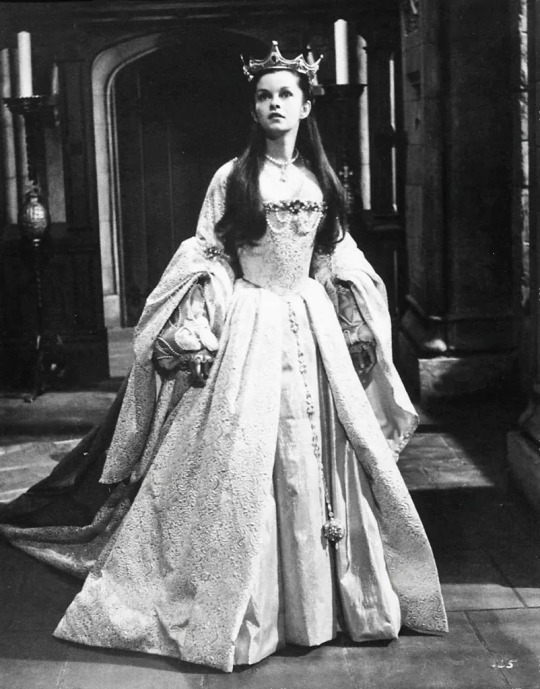
Genevieve Bujold as Anne Boleyn in Anne of the Thousand Days
#anne boleyn#queen anne boleyn#anne of the thousand days#genevieve bujold#tudor history#henry viii#the tudors#english history#tudor era#tudor period#tudor dynasty#tudor england#tudor rose#house of tudor#vintage movies#vintage films#1960s cinema#1960s movies#period film#period drama#costume drama#period piece#vintage
639 notes
·
View notes
Text
Not sure quite how to phrase this, but I feel like there's sometimes implicit judgement of medieval and early modern women for being ill-educated.
Which is kinda funny because by the Tudor idea of 'a good education', the modern world is woefully under educated.
"Katherine Howard wasn't knowledgeable of the classics" and neither are you Stevie and you have Google.
3K notes
·
View notes
Photo







catherine of aragon + various media portrayals (requested by anonymous)
#catherine of aragon#the tudors#the spanish princess#the other boleyn girl#wolf hall#i am henry#carlos rey emperador#six wives with lucy worsley#anne of the thousand days#the six wives of henry viii#house tudor#english history#tudor history#historyedit#*requests#my gifs#creations*
687 notes
·
View notes
Text
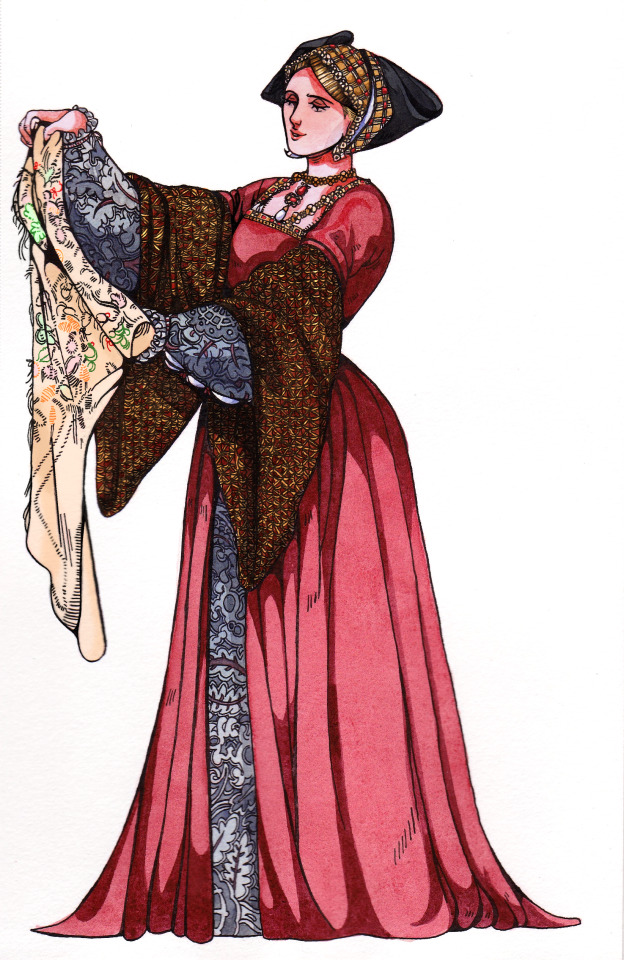
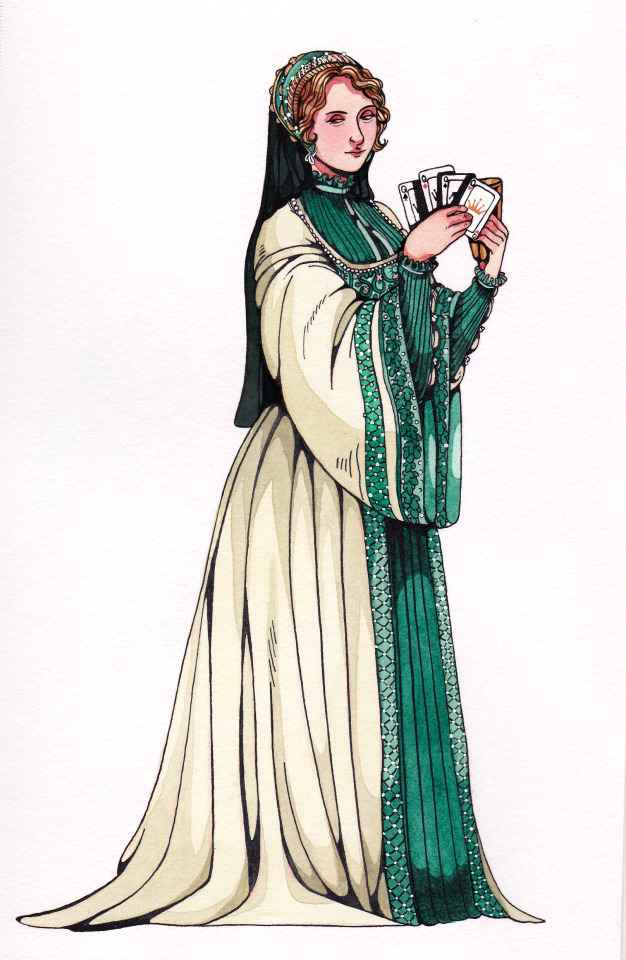
Next two of Henry VIII's wives: Jane Seymour and Anne of Cleves!
Putting a little explanation for these designs under the break:
Both of these women were painted by Hans Holbien, and their portraits by that artist played a pretty vital role in how I wanted to depict these women. For Jane, I decided to stick as close as I could, because I think Jane gets the most artistic interpretation than any of the other wives. She's a blank slate to a lot of directors in Tudor adaptations. This is brought on by the very scant records we have of what she was really like in life. We do know she loved quail while she was pregnant, and encouraged Henry to treat his daughter Mary better, which ultimately ended in her being welcomed back at court. Her family has kept samples of her embroidery through history, so it's fun to imagine her working on something in between breaks for her portrait.
For Anne, I went the complete opposite. Her Holbien portrait is extremely famous, but I feel like it creates the misconception that Anne never changed during the rest of her life in England. The portrait also has been used to cast doubts on her appearance (and whether or not her looks are exagerrated). In reality, Anne was dressed in typical English court digs when she arrived in England, and was noted to be very pretty. It wasn't until after Henry cast doubts on her appearrance, and even her chastity, in order to get out of the marriage as quickly as possible. I wanted to give these back to her, as white symbolised purity and chastity in this period. Anne lived a good life as Henry's sister, and outlived all the other of Henry's wives. She was known for being kind to her staff, and loving to pair cards with a good drink.
#henry viii#tudor history#tudors#jane seymour#anne of cleves#six wives of henry viii#illustration#watercolor#ink#renaissance history#fashion history#also anne of cleves is my favorite but don't tell the others because i love them all
683 notes
·
View notes
Text


"She was, in the brief time allowed her, a good mother, incurring her husband’s displeasure by insisting on breastfeeding Elizabeth herself, which high-born mothers never did, and choosing pretty clothes for the child. She rarely saw her, however, for the Princess was given her own household at Hatfield House at three months old, and thereafter her mother could only visit when her other duties permitted."
#anne boleyn#perioddramaedit#the tudors#quotes#lyrics#history#thetudorsedit#elizabeth i#elizabeth tudor#becomingelizabethedit#becoming elizabeth#alicia von rittberg#beedit#tudorsedit#anneboleynedit#natalie dormer#alison weir#16th century#lana del rey#lyricsedit#thunder#queen anne boleyn#queen elizabeth i of england#perioddramasource#periodedit#women in history#women of history#tudor history#tudor dynasty#tudorerasource
146 notes
·
View notes